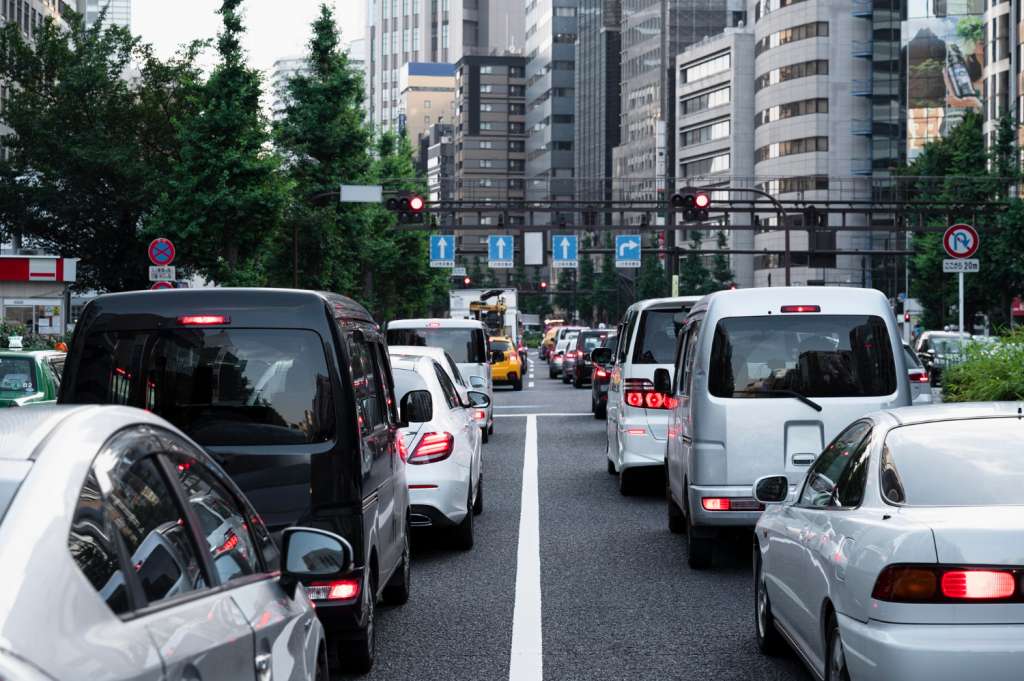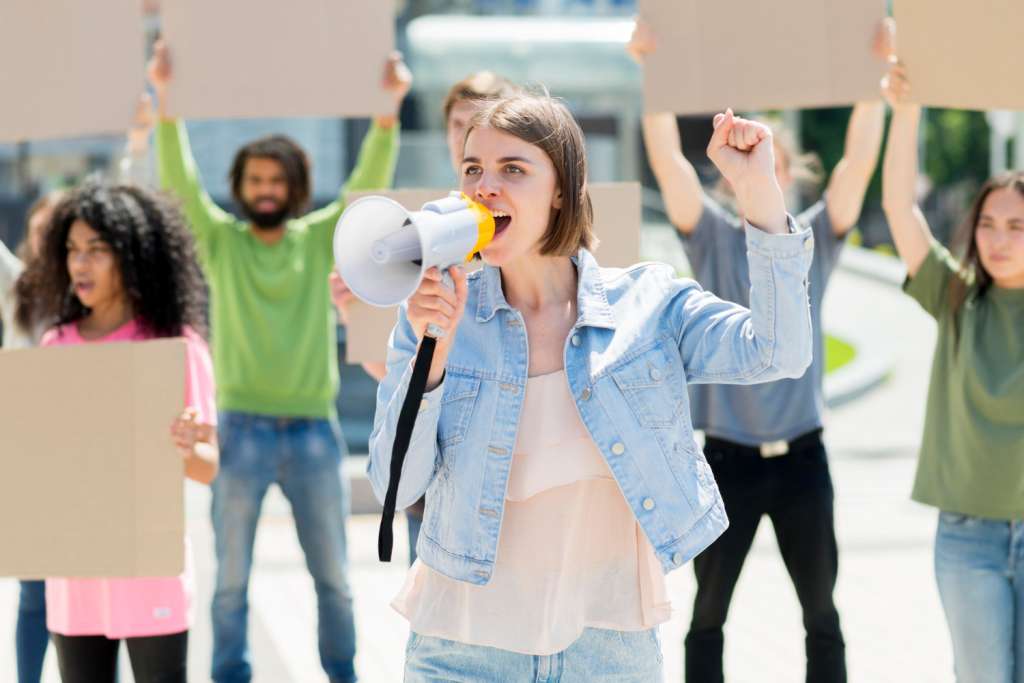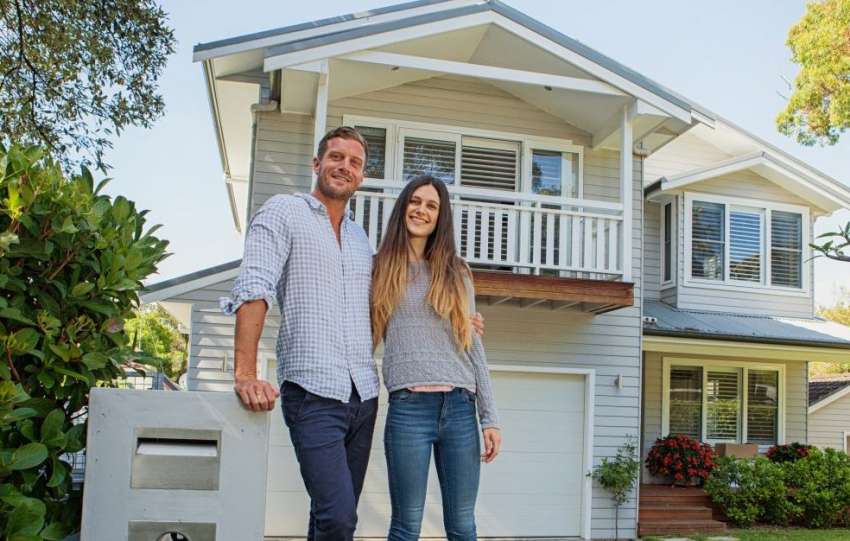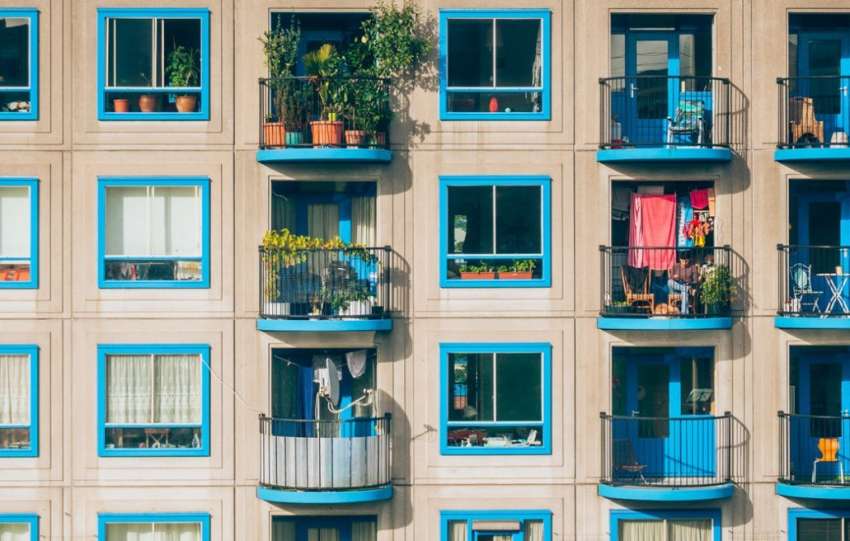A massive project proposing the construction of 2,193 apartments at a park site in Miami-Dade has stirred significant controversy and debate among residents, environmentalists, and local government officials. This ambitious development plan, while promising to address housing shortages and stimulate economic growth, raises critical concerns about environmental impact, urban planning, and community well-being.
The Proposal
The project, backed by a prominent development company, aims to transform a large park site in Miami-Dade into a mixed-use residential complex featuring 2,193 apartments. The development promises a range of housing options, including affordable units, luxury apartments, and community amenities such as parks, schools, and retail spaces. Proponents argue that this development will provide much-needed housing, create jobs, and contribute to the local economy.
Housing Shortage and Economic Growth
One of the primary arguments in favor of the project is the acute housing shortage in Miami-Dade. The region has seen a significant population increase over the past decade, leading to a spike in housing demand. According to the Miami-Dade County Office of Housing and Community Development, there is a current deficit of over 50,000 affordable housing units. Proponents of the project argue that the construction of 2,193 apartments will help alleviate this shortage and provide more housing options for residents.

Additionally, the development is expected to generate economic growth by creating construction jobs and permanent positions within the retail and service sectors of the new community. The influx of new residents and businesses can stimulate the local economy, increase tax revenues, and support public services and infrastructure improvements.
Environmental Concerns
Despite these potential benefits, the proposed project has faced significant opposition due to environmental concerns. The park site in question is home to various ecosystems, including wetlands, forests, and habitats for endangered species. Environmentalists argue that the construction of such a large-scale development will lead to habitat destruction, increased pollution, and a loss of green space critical for the ecological balance of the region.
According to a report by the Miami-Dade County Department of Environmental Resources Management, the park site serves as a vital green space that helps mitigate urban heat island effects, manage stormwater runoff, and provide recreational opportunities for residents. The loss of this parkland could exacerbate flooding issues in the area, increase temperatures, and reduce air quality.
Urban Planning and Community Impact
Urban planning experts have also raised concerns about the project’s impact on the existing community and infrastructure. Miami-Dade is already grappling with traffic congestion, inadequate public transportation, and strained public services. The addition of 2,193 apartments could put further pressure on the region’s infrastructure, leading to longer commute times, overcrowded schools, and insufficient public facilities.

Moreover, the project has sparked debates about the preservation of public spaces. Parks and green areas are essential for the well-being of urban populations, providing places for recreation, relaxation, and social interaction. Transforming a significant park site into a residential complex could deprive the community of these benefits and reduce the overall quality of life for residents.
Legal and Regulatory Challenges
The proposed development also faces legal and regulatory hurdles. Zoning laws and land use regulations in Miami-Dade are designed to balance growth with environmental protection and community needs. The park site may have zoning restrictions that prohibit large-scale residential development. Additionally, the project would likely require various permits and approvals from local and state agencies, each with its own set of environmental and public interest criteria.
Local government officials and community activists are expected to scrutinize the project’s compliance with these regulations closely. Legal challenges could arise if the development is found to violate zoning laws or fail to adequately address environmental impact concerns.
Public Opinion and Community Response
Public opinion on the project is divided. While some residents welcome the promise of new housing and economic opportunities, others fear the loss of cherished green space and the potential negative impacts on the environment and community infrastructure. Community meetings and public hearings have become forums for heated debates, with passionate arguments on both sides.
Environmental advocacy groups, such as the Miami-Dade Environmental Coalition, have organized protests and launched campaigns to halt the project. These groups emphasize the importance of preserving natural spaces and urge the government to explore alternative solutions for addressing the housing crisis without sacrificing valuable parkland.

Alternatives and Solutions
Given the significant opposition and potential negative impacts, it is crucial to explore alternative solutions that can address the housing shortage while preserving the park site. One potential approach is to identify and redevelop underutilized urban areas or brownfield sites that do not have the same environmental and community value as the parkland.
Another solution could involve incentivizing the construction of affordable housing units in existing urban areas through policies such as tax credits, grants, and zoning changes. This approach can help increase housing stock without encroaching on green spaces and mitigate the environmental impact of new developments.
Conclusion
The proposal to construct 2,193 apartments at a park site in Miami-Dade highlights the complex challenges of balancing development, environmental preservation, and community well-being. While the project promises to address housing shortages and stimulate economic growth, it also poses significant risks to the environment, infrastructure, and quality of life for residents.
The debate surrounding this project underscores the need for thoughtful urban planning and sustainable development practices. Preserving green spaces and natural habitats is essential for maintaining ecological balance and ensuring the health and well-being of urban communities. As Miami-Dade continues to grow, it is imperative to find solutions that meet the housing needs of residents without compromising the environment and public spaces that make the region a vibrant and livable place.
Ultimately, the decision on whether to proceed with this massive development project should be guided by a comprehensive assessment of its long-term impacts and a commitment to sustainable, community-centered growth. By exploring alternative solutions and prioritizing environmental preservation, Miami-Dade can achieve a balance that benefits both current and future generations.






